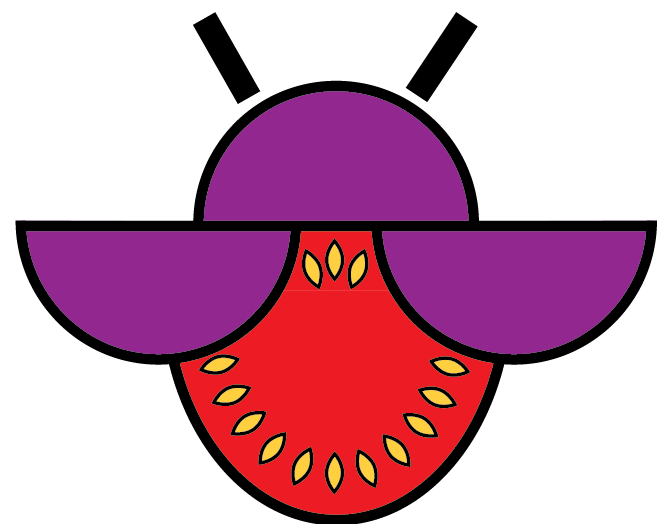Fig Plants
Carefully grown from cuttings starting in the fall and ready for sale in April these fig plants are off to a good start and can grow to large plants in the first summer with the right care.
Our fig plants are healthy and range from 12″ to 24+” in height. All are well established trees with good root systems and should be up potted soon after they arrive. See our care guide for tips on getting your plants off to a good start in your home.
Each plant comes with an embossed metal tag to help you keep track of your plants outside. Any marker ink will fade over time so metal tags help keep track of your tree for years and are easy to read.
See more details on shipping on our FAQs page.
Fig Cuttings
Cuttings are taken in mid to late fall prior to the first hard freeze and available starting in mid to late November. We provide healthy cuttings 6″ to 10″ long and from the size of a pencil to about 1″ in diameter.
While no grower and no cutting source is 100% successful, healthy cuttings are the best path to healthy trees.
Cuttings are cleaned and wrapped in cling wrap and labeled with printed labels. Cuttings are always shipped dry to avoid mold and are ready to root when you receive them or save them in the fridge till you are ready to root them. Wrapping cuttings in cling wrap allows them to hold their own moisture and arrive healthy. For more methods, tips, and tradeoffs of different rooting techniques see our rooting page.
Seedling Plants
Seedlings are genetically unique plants that come from making controlled crosses between a desirable female plant and a persistent male fig. Seedlings offer the chance to be the first to own a new variety of fig, and even apply for a patent on it.
Buyers should be aware that seedlings are for those who like to take a chance at finding something new. Buying plants grown from cuttings of desirable varieties (cloning) is a faster way to get delicious figs quickly. Low cost and high quality varieties are available here in the plants category and from other sources.
Fig genetics are complicated, however it is important to know that the chance of getting a female (edible) fig tree that will ripen figs outside areas with the fig wasp (called a common fig) from one of our seedlings is 25%. The chances that it is a high quality fig is harder to quantify, but certainly lower. We use controlled crosses which means the chances of a common female fig is higher than chance crosses between wild figs since non-persistent male figs cannot have persistent/common offspring and at least half of the male figs are not persistent.
Our seedlings are started from artificially pollinating desirable varieties of female figs from our crop of persistent caprifigs. You can find the process described on our blog in detail. After pollination they are grown in trays until they are large enough to transplant into 3X3 tree pots and put in the greenhouse. Seedlings grow quickly and once they out grow the 3X3 tree pots they are put in 4X4 pots and are sold in those pots. Please see the sample images of seedlings with each listing.
Seedlings are listed by their parents so you will know the parentage of the plant you are purchasing.
Seeds
Our seeds come from making controlled crosses with desirable female varieties and persistent males. Seeds are an affordable and fun way to create a new variety of figs.
Fig genetics are complex, but it is important to know that the chance of getting a female (edible) fig tree that will ripen figs outside areas with the fig wasp (called a common fig) from a seed is 25%. The chances that it is a high quality fig is harder to quantify, but certainly lower. We use controlled crosses which means the chances of a common female fig is higher than chance crosses between wild figs since non-persistent male figs cannot have persistent/common offspring and at least half of the male figs are not persistent.
Our seeds are started from artificially pollinating desirable varieties of female figs from our crop of persistent caprifigs. You can find the process described on our blog in detail.
Seedlings are listed by their parents so you will know the parentage of the plant you are purchasing. Germination percentage is typically 50-90%.
